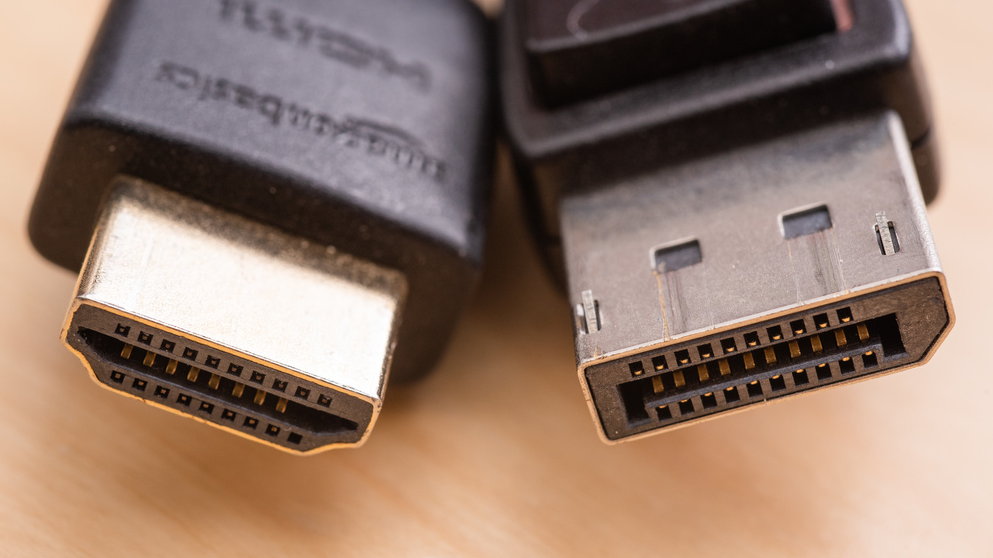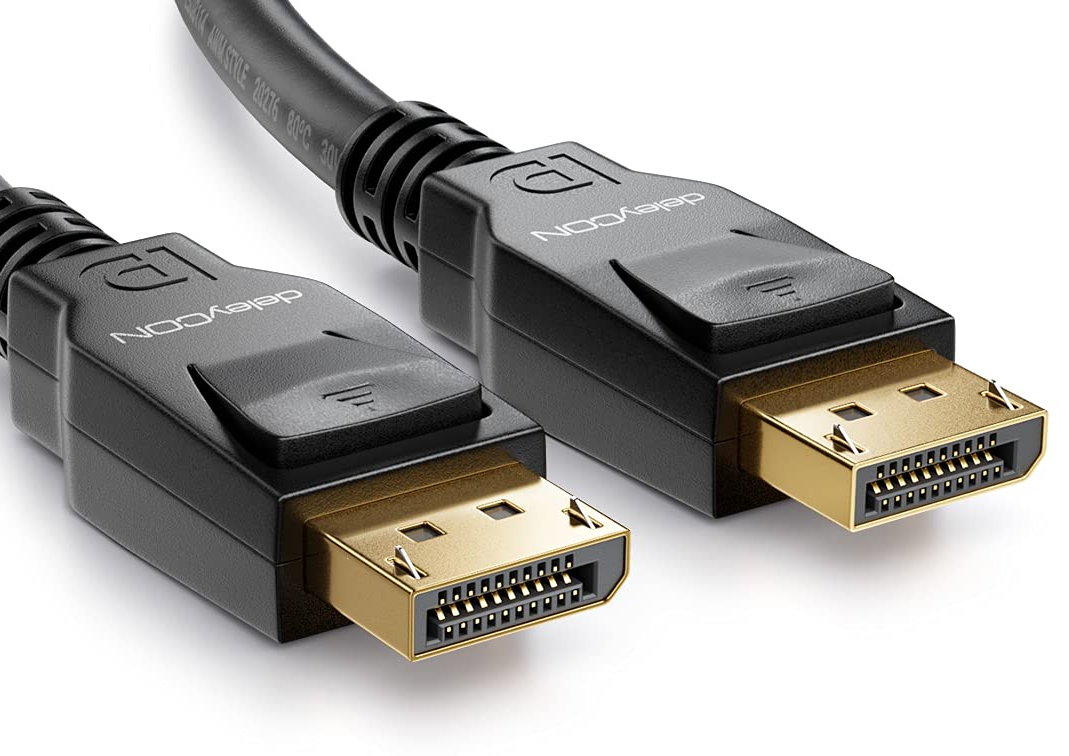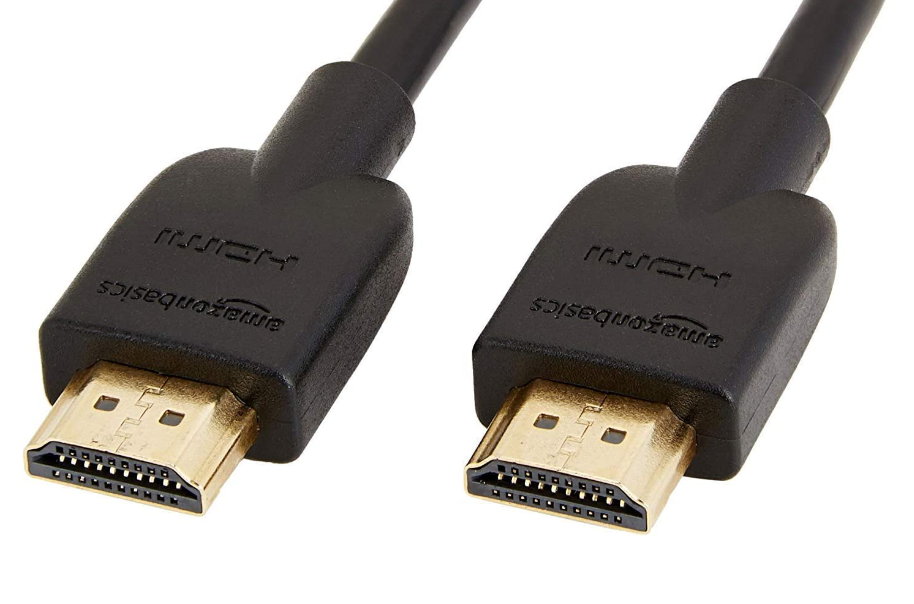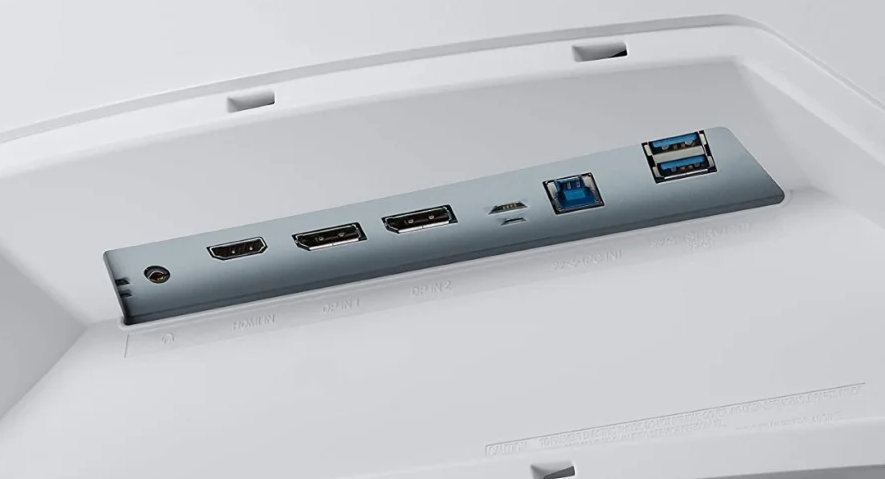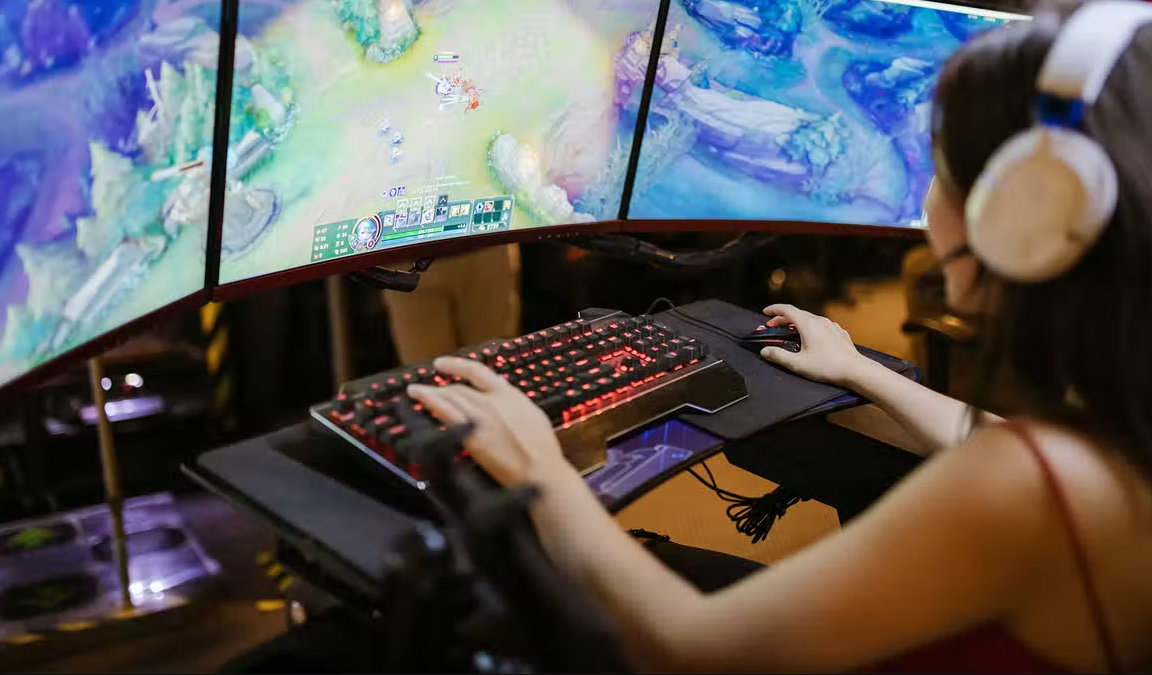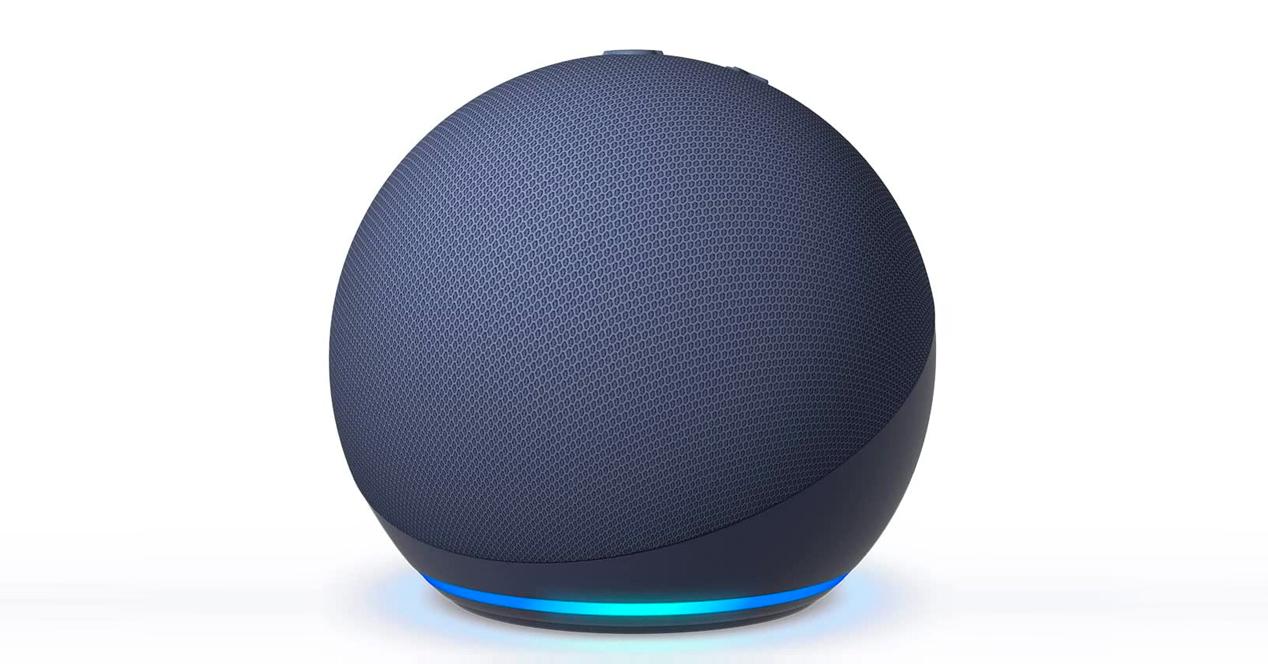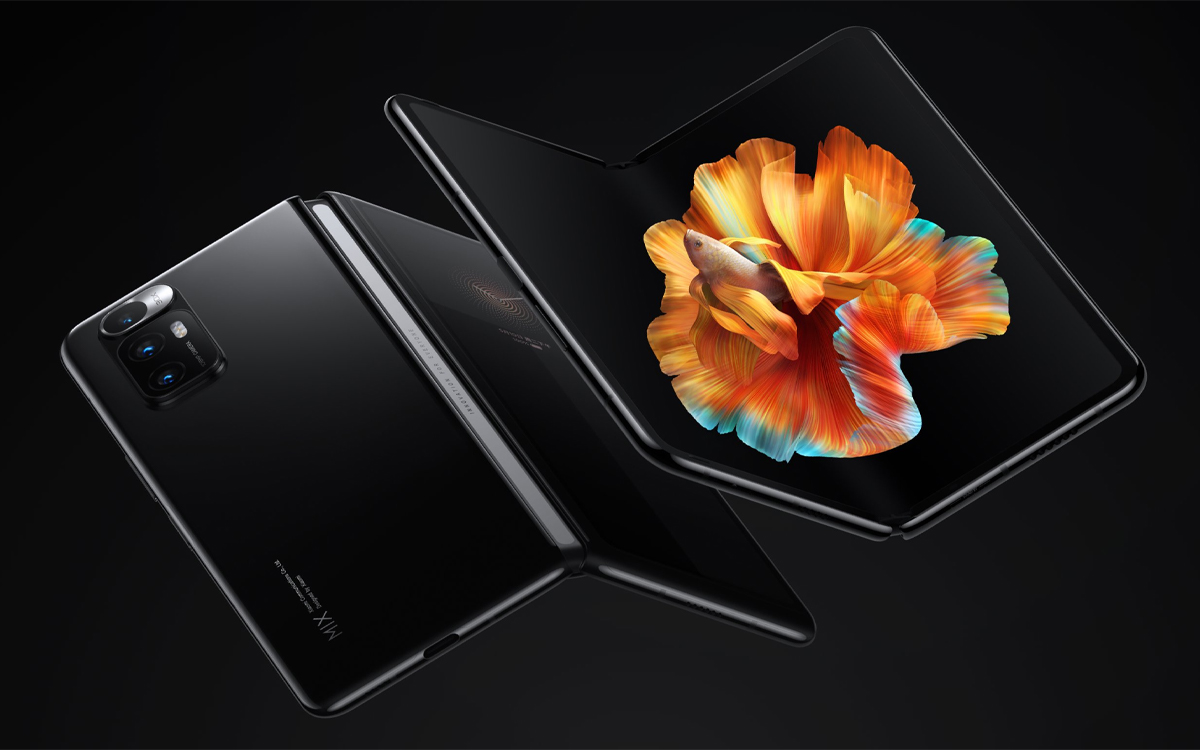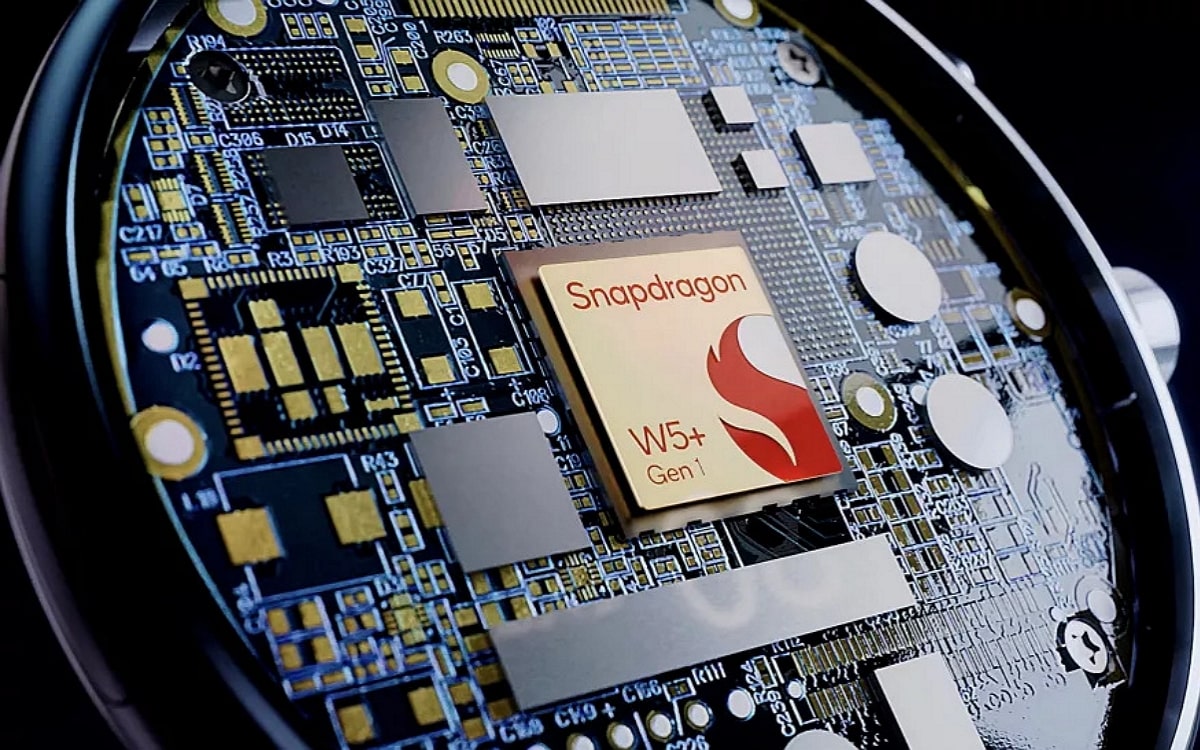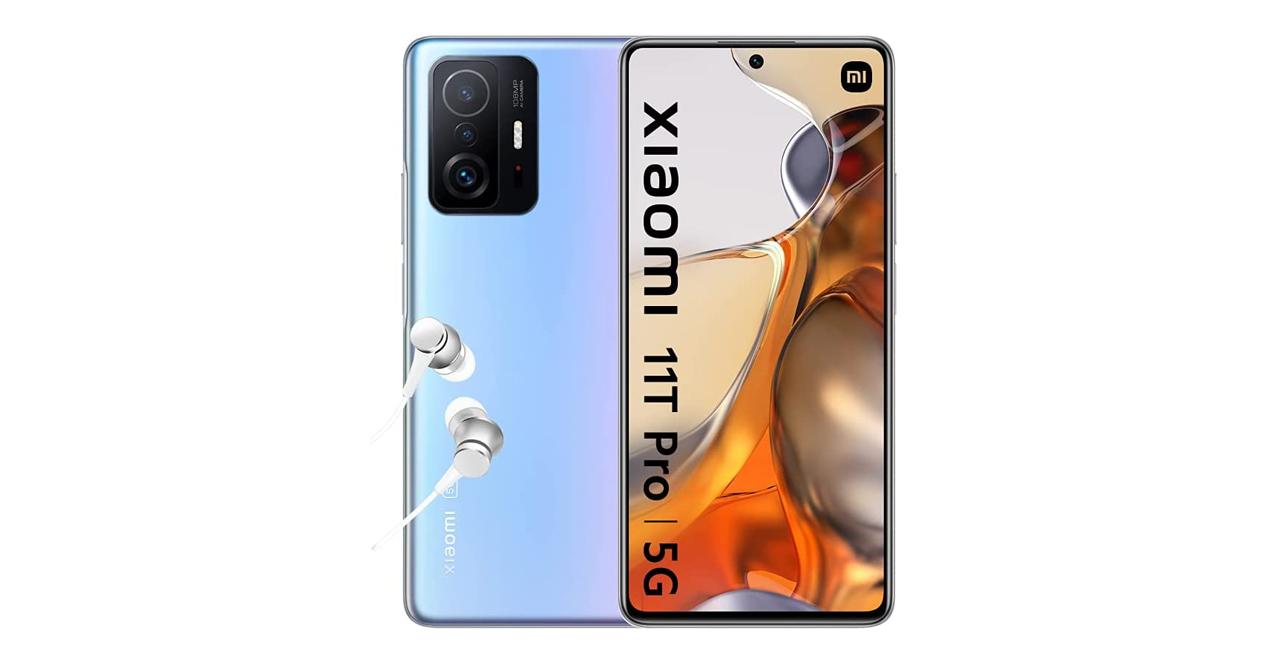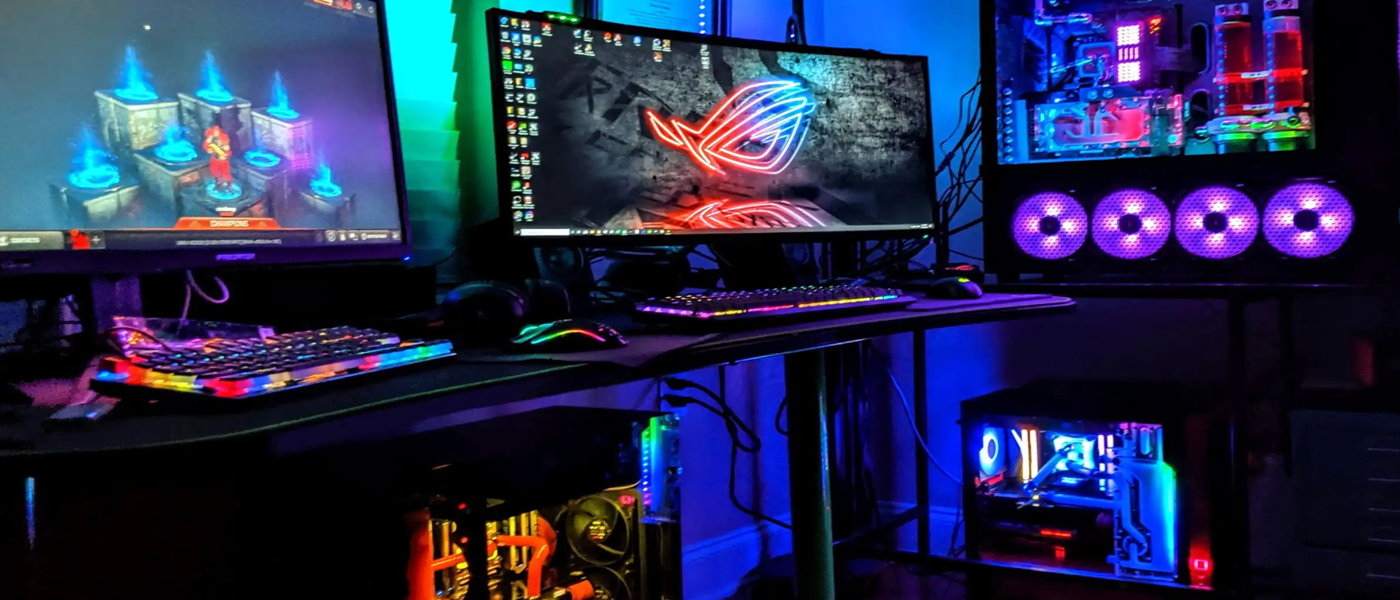
Modern personal computers are capable of generating an enormous amount of content. If the display screens, be they computer monitors or televisions, are in charge of showing it before our eyes with different resolutions and qualities, someone must be in charge of transporting that content. They are what we know as screen interfaces, standards normalized by the industry that emit, transport and receive on the other side video and audio content.
The most used ports when connecting personal computers to display screens are Display Port and HDMI, although in recent times the versatile USB Type C has been added and its special modes that allow the use of the previous technology. They all serve multiple uses, but which one is best suited for a gaming PC? We try to answer the question by analyzing the features of each interface and its advantages.
display port
DisplayPort was the last major display interface standard to hit the market. Proposed by the VESA organization in 2008, it was specially designed for content transmission (video, audio and data) between a PC and a monitor or multiple monitors. Its connector has 20 pins (32 in internal connectors for laptops) and has a small mechanism to ensure its fit in devices. You can find full-size or reduced-size connectors, but with the same features and that you will see as Mini DisplayPort (MiniDP or mDP).
The currently most used versions are 1.3 and 1.4, with bandwidth up to 32.4 Gbps. This opens the doors to native screen resolutions up to 8K with 7,680 x 4,320 pixels. The supported audio signal supports a maximum of 8 uncompressed channels, 192 kHz, 24-bit. It also optionally supports Digital Restrictions (DPCP) with 128-bit AES encryption and since revision 1.1 supports HDCP, the industry’s most widely used digital content protection standard.
Their range of maximum supported video frequencies are different. All versions of DisplayPort support 144 Hz at 1080p. Version 1.2 supports 144 Hz at 2K resolutions. Version 1.3 supports up to 120Hz in 4K or 8K at 30Hz. Version 1.4 scales up to 144Hz in 4K using Display Stream Compression (DSC) and supports up to 60Hz in 8K and with HDR.
The latest version for the standard is Display Port 2.0. The version raises the bandwidth to some stratospheric 77.37Gb/s. Supports refresh rates of 144 Hz in 4K, raises that of 8K to 120 Hz and introduces support for 16K (30 Hz) which HDMI doesn’t support yet. It’s by far the highest-featured screen interface in the industry, but it’s not very widespread.
HDMI
High-Definition Multimedia Interface it is a standard that the industry implemented in 2002 to replace the old scart connector. Allows use of HD video, encrypted and uncompressed, plus multi-channel audio also uncompressed on a single cable. Other benefits include features like HDMI-CEC (HDMI Consumer Electronics Control), which allows you to control numerous devices with one remote. Its focus is clear and beyond its potential use on PCs, it is the preferred interface when we want to connect multimedia devices connected to large screens such as televisions.
The standard HDMI connector is type A and has 19 pins. Type B, with 29 pins, allows you to carry an expanded video channel for high-resolution displays. They are available in full size (Type A), although as Display Port it also has smaller connectors with the same features and that you will see as mini-HDMI (Type B) and micro-HDMI (Type C). A clear point in your favor it is its massive extension as you can find it on any type of device.
Among its disadvantages, pointing out that its connector is less solid than previous display standards (such as VGA) and they are easier for accidental disconnections and with it physical or electrical failures. Another criticism is the incorporation of a digital content protection (HDCP) as a manager of “digital restrictions”, which prevents copying of the content transmitted by the user.
HDMI has received numerous revisions since its inception. The most widespread versions currently are 1.4 and 2.0. This has corrected the limitations in bandwidth of previous versions up to 18 Gbps / s, to achieve 60 FPS in 4K and 144 Hz in 1080p. HDMI 2 also includes important advantages in other sections, support for high dynamic range (HDR) and support for color depth, up to 10 and 12 bits. This version has maintained compatibility at the wiring level and the previous ones can be used to obtain their advantages.
HDMI 2.1 was the last version of the standard to appear and marked a turning point in the standard due to the increase in maximum bandwidth up to 48 GB/s. This allows you to access resolutions 8K and 10K at 60 Hz and 120 Hz in 4K. In addition, in this version, dynamic HDR is available for all resolutions and has other features such as variable refresh rate, enhanced audio return (eARC) and support for Dolby Atmos and DTS:X. Despite the fact that it was presented in 2017, it has not yet been deployed on a massive scale, although almost all mid-range monitors and above launched in 2023 support it.
Comment that a new revision has already been announced, HDMI 2.1a. It includes a new feature called Source-based tone mapping (SBTM for short) which is an enhancement to HDR dynamic range technology that allows the video source (be it a PC or game console) to handle HDR tone mapping on a display screen such as a monitor or TV. And we quote it because It is a feature focused on running video gamessince it should allow devices to combine HDR, SDR and dynamic HDR graphics to create the images that developers program.
DisplayPort or HDMI on PC games?
The latest versions of both interfaces are so advanced that the bulk of consumers will have their needs covered with either of them. Graphics cards, both dedicated and integrated, have outputs of both, while modern monitors have the corresponding inputs and the high-end supports the most advanced versions. There is wiring of all kinds and also adapters from one to another, although in these cases benefits are lost.
On a gaming PC, there is no question, DisplayPort is the great reference and the port to be used preferably by any player. HDMI 2.1 has come close in terms of features, but it is still below it in various areas such as bandwidth or supported resolution.
Also, if you use an NVIDIA graphics card and a monitor that supports the proprietary G-Sync image synchronization technology, the choice is even clearer in favor of DisplayPort since the green giant does not support HDMI in this type of setup.
The same can be said if you want to use multi-screen configurations. DisplayPort sets itself apart from all others as one of its advantages is its ability to output video content to multiple displays via Multi-Stream Transport (MST) technology. The port is “splittable” through hubs and displays can be daisy chained. It is a section that does not have, nor can it have, by concept and design, HDMI.
In summary: DisplayPort should be the interface of choice on a gaming PC. It is specially designed for personal computers and offers greater features and possibilities than HDMI, more specialized for connecting multimedia devices to large screens such as televisions or video game consoles where Display Port is not available.
